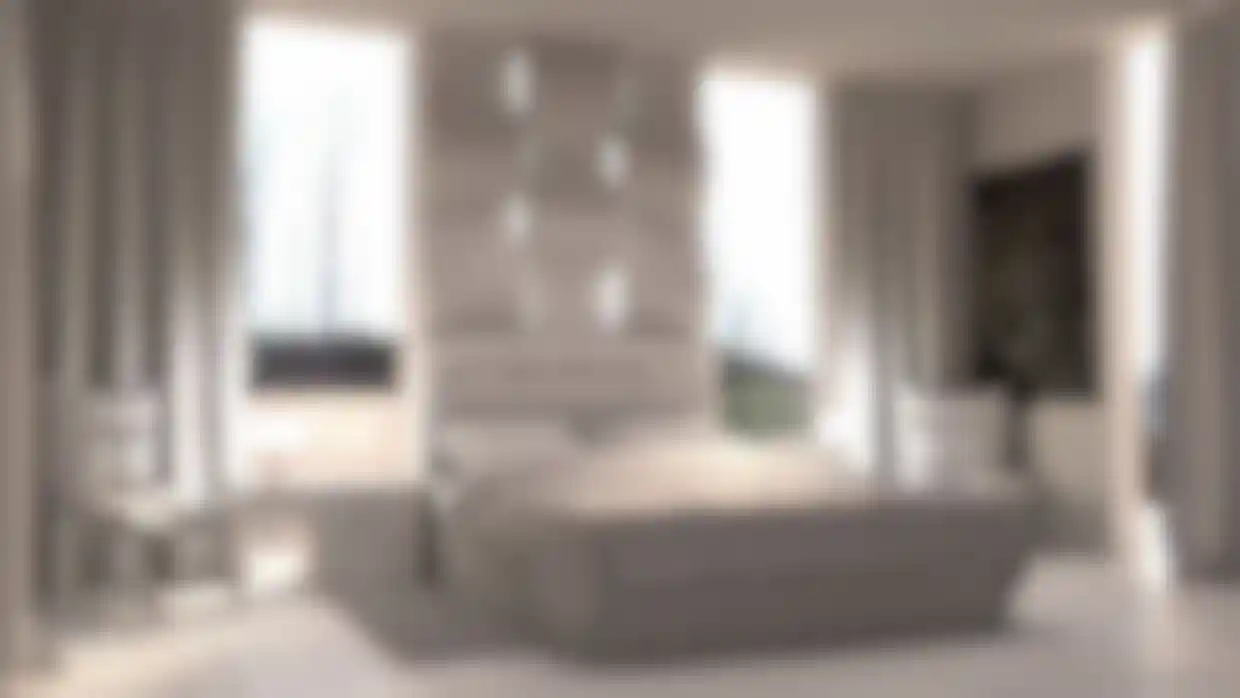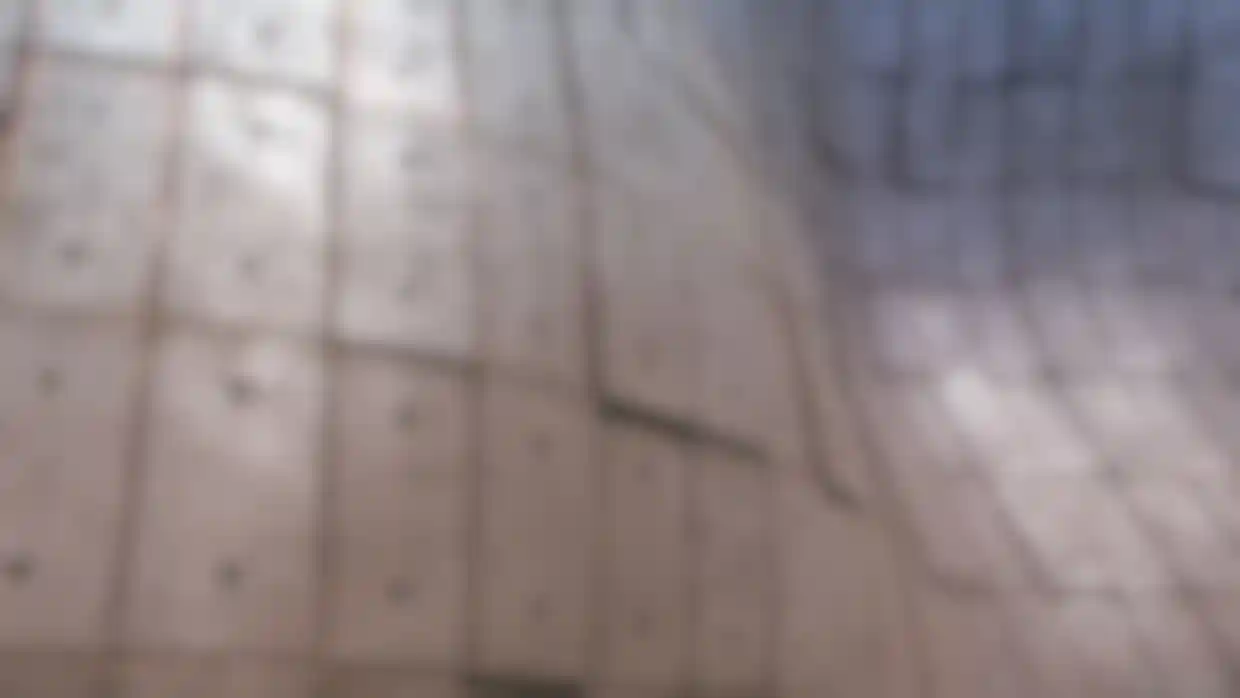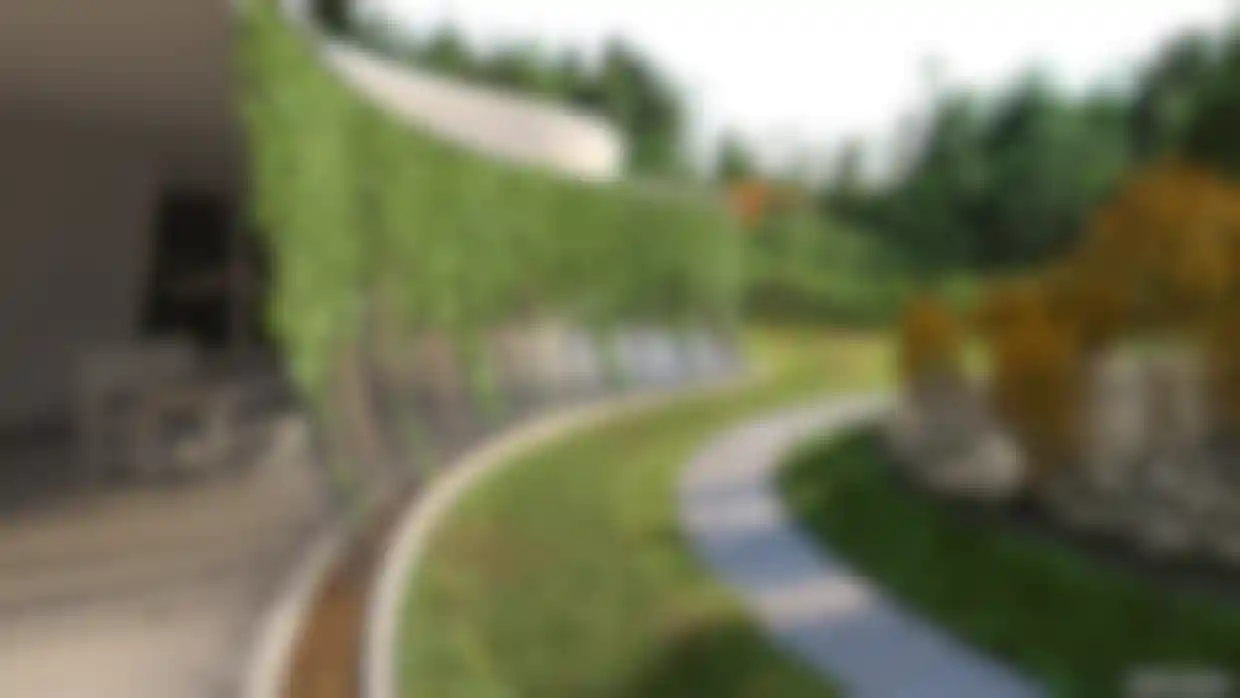Allplan Integration


Cinema 4D & Allplan
Allplan is one of the most popular 3D architectural applications available. With each new version it proves how user-friendly such a powerful software can be.
Allplan users already know which advantages it has to offer for their daily workflow but as powerful as Allplan is, its comprehensive feature set can be enhanced even further: Cinema 4D contains a wide range of functions that not only enhance Allplan but can also be integrated seamlessly into the application.
A Perfect Partnership
Rendering, material design, scene construction, camera matching and modeling are the core functions that make Cinema 4D interesting for Allplan users. Rendering and material design in particular demonstrate just how powerful Cinema 4D is and how well it supplements Allplan.
Materials and Layers
Since Allplan can export files in the native Cinema 4D format, it’s easy to export individual objects or entire projects to Cinema 4D for rendering. Cinema 4D’s expansive material and surface design features can then be used to give objects a photorealistic look for great render results. An ingenious and easy-to-use material system makes it possible to easily create realistic-looking brick or wood surfaces. Using the material system’s Layer shader, materials can be layered like in Photoshop and can be arranged in any order desired.
Displacement and Normal shaders can also be used in Cinema 4D. A Normal shader can simulate an uneven surface using bitmaps or procedural shaders, whereas Displacement shaders actually modify the surface when rendered, allowing for incredibly detailed surfaces!
Scene design
Whether the Allplan project you want to render in Cinema 4D is outdoors or indoors, the question remains, ‘how can life be added to the scene?’ Cinema 4D has a solution for this as well. Its comprehensive Asset Browser offers objects from all aspects of everyday life for download and use in your scene: plants, buildings, furniture, household items, people and much more. It also contains Material libraries that can be used to quickly texture any Allplan object imported into Cinema 4D.
The seamless connectivity between Allplan and Cinema 4D as well as the comprehensive Cinema 4D feature set that supplements Allplan are the perfect combination for outstanding results.
High-End Modeling
One of the Cinema 4D features that supplements Allplan is the Cinema 4D modeling toolset, which makes creating organic shapes much easier.
Allplan has its own set of modeling tools but the Cinema 4D toolset offers an entirely new range of possibilities. Subdivision Surfaces and numerous other tools make it possible to quickly and precisely create complex shapes and flowing designs. Since Allplan automatically recognizes Cinema 4D files, these objects can be easily imported into Allplan when finished!
In addition to the normal import functions, Allplan also has a special function with which Cinema 4D models can be used to adapt Allplan building elements to new Cinema 4D shapes. For example, a roof can be created in Allplan and its shape subsequently modified to match that of an object created in Cinema 4D and imported into Allplan.
Render Fast, Realistically and in Real Environments
Cinema 4D has an outstanding Physical Renderer, which produces a highly accurate emulation of natural light. In conjunction with the Global Illumination feature, photorealistic images and crystal clear, flicker-free animations can be created. Creating such scenes will become child’s play and can offer fast rendering. IES lights can also be used in Cinema 4D, which increase realism for rendered results even more!
What’s created in 3D doesn’t have to stand alone – Cinema 4D’s camera matching system can be used to position virtual objects in real-world environments. Geometry can be matched to an imported image’s perspective and angle of view, which makes it possible to create photorealistic imagery of a finished project in its real-world environment while it’s still in the construction phase.
Cinema 4D’s Physical Sky feature can be used to create authentic HDRI environment lighting. Import Allplan objects to Cinema 4D, add textures and a photo background to create great-looking images. Virtual elements will blend seamlessly with the real-world imagery.
Interior scenes can also be rendered photo-realistically using Cinema 4D using IES lights and Global Illumination (GI) for fast, ultra-realistic results.



